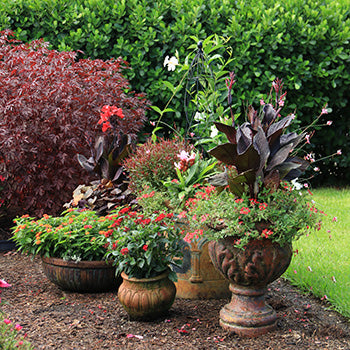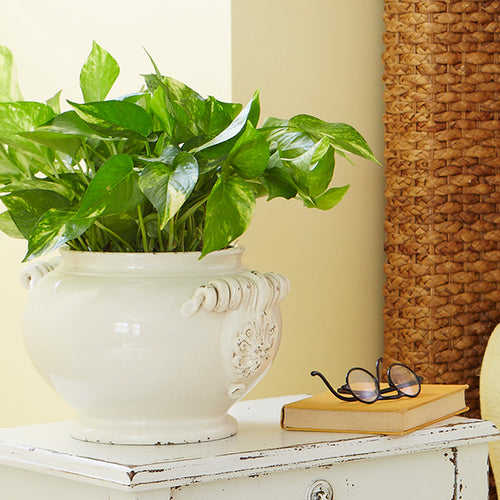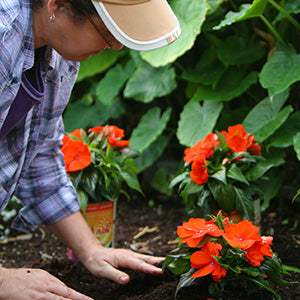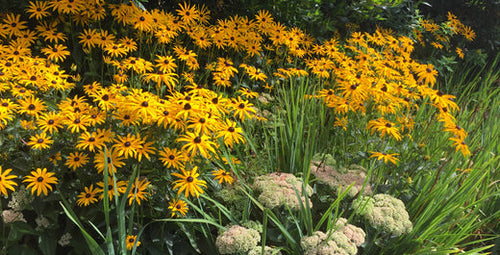By Doug Jimerson

Gardening Questions?
We love to talk to other gardeners. Email us your questions and we'll have one of our experts get back to you!

It’s been a
hard winter of extreme weather. No matter where you live, the last couple months have served up (pick one):
A. More snow than the North Pole
B. Ice coating your entire garden
C. Rain in buckets
D. All of the above
So what’s a gardener to do? It’s time to go out and survey the damage by accessing each plant in your garden.
It May Look Dead -- But Is It?
Plants may be dormant or they may be dead. Here’s how to find out the bad or good news.
-
Bend the branches:
If they break with a loud snap it probably means they are toast. Black or peeling bark is another indicator that a branch is dead. The good news is that a dead branch doesn’t mean a dead plant. However, if all the branches are dead, the whole plant may be dead. Or not. See Check the base below. -
Do a fingernail test:
Scrape the bark with your fingernail to see if you can find any signs of life. On a live branch the cambium (the thin layer of cell development inside the branch) should still be green. -
Check the base:
Just because the branches of your plant are dead, it doesn’t mean your plant has expired. Look closely at the crown or base of the plant. If the plant is still alive, new growth will begin to appear as the weather warms up. You can simply clip off the dead branches or stems to allow the new growth to emerge. -
Be patient:
Some plants are naturally slow to rise in the spring. Butterfly bush and perennial hibiscus, for example, take longer to break dormancy then other perennials. However, if a plant still doesn’t show any signs of life when everything around it up and leafed out, then it’s probably not going to recover. -
Apply first aid:
Remove all dead branches before the plants leaf out completely. Then, sprinkle some slow-release granular fertilizer around the base of the plant to help promote the development of new growth. Water well and mulch the plant to eliminate weed competition. -
Do a postmortem:
If your plant is completely dead, dig it up and see if you can determine why it died. Severe weather conditions may have played a role in your plant’s untimely demise, but other factors such as overly wet or dry soil, root competition from nearby trees, or soil pH could have weakened the plant before winter even started. Also, do a little research: Make sure your plant is hardy in your zone. For example, a rose that’s listed as being hardy to zone 7 won’t overwinter very well if you push its limits by planting it in zone 5.
Gardening Questions?
We love to talk to other gardeners. Email us your questions and we'll have one of our experts get back to you!

















